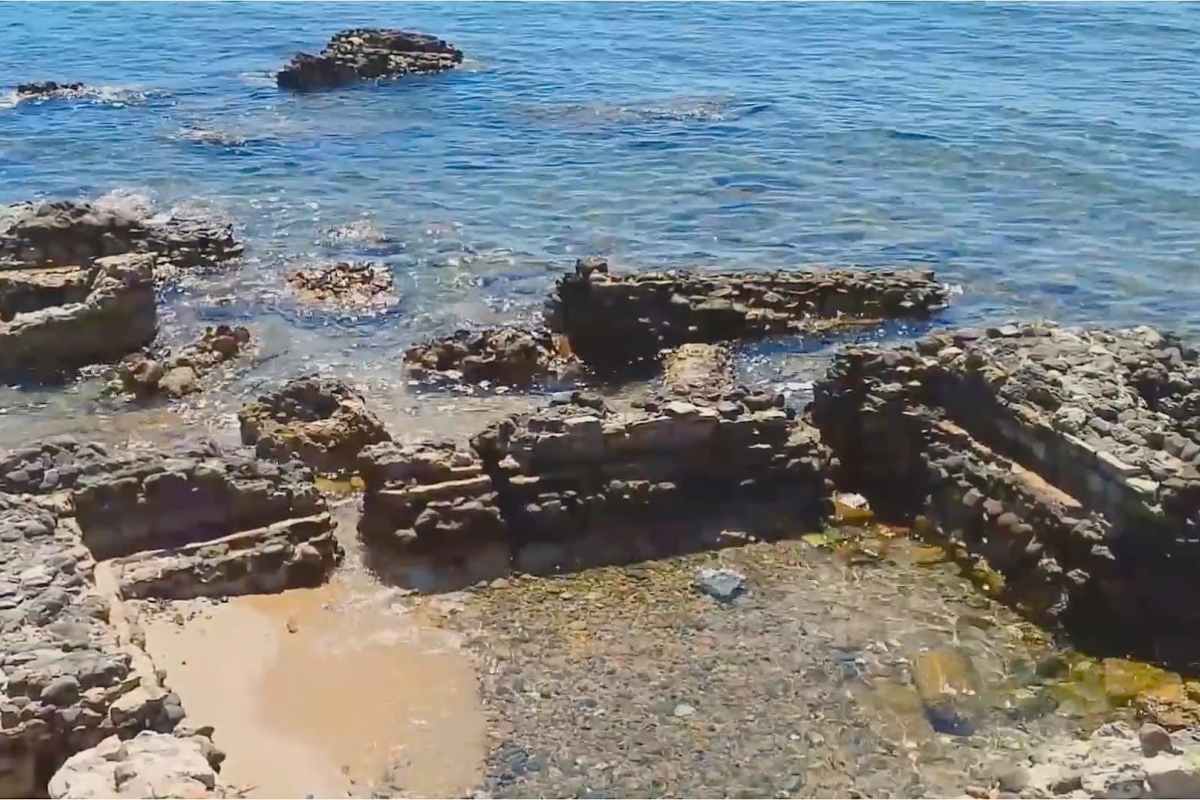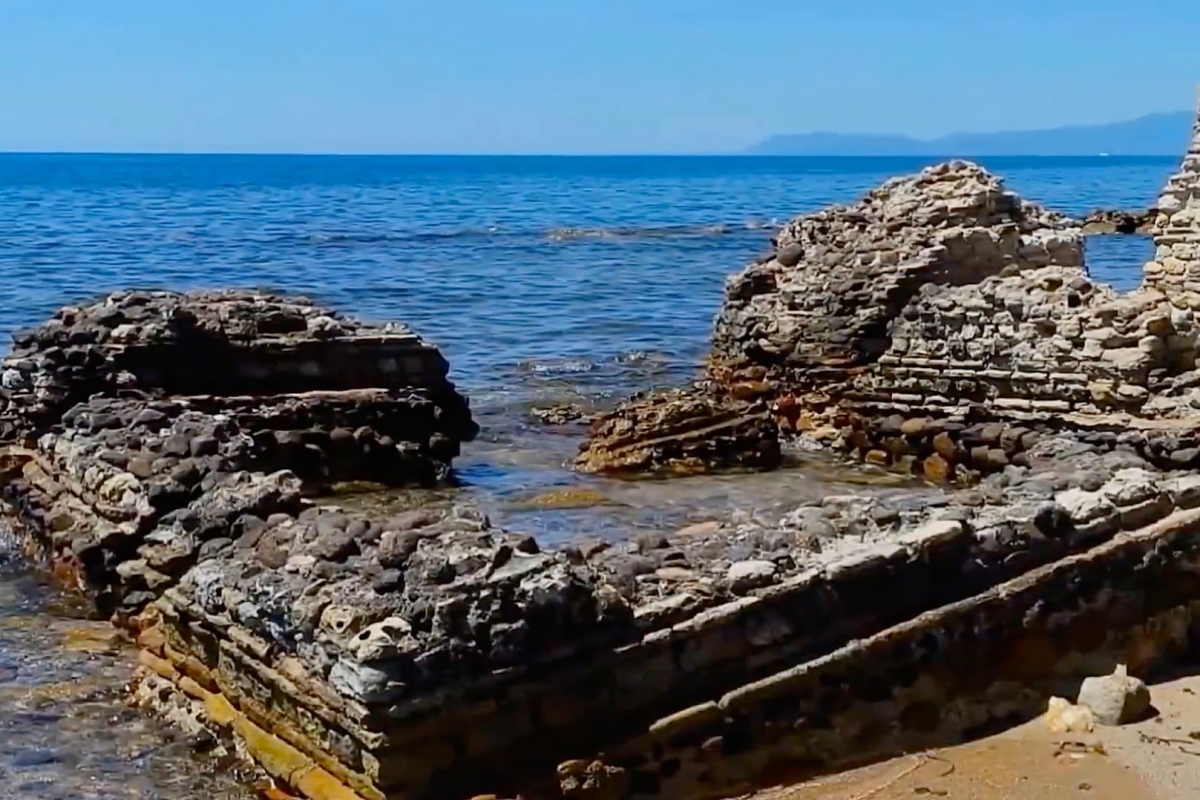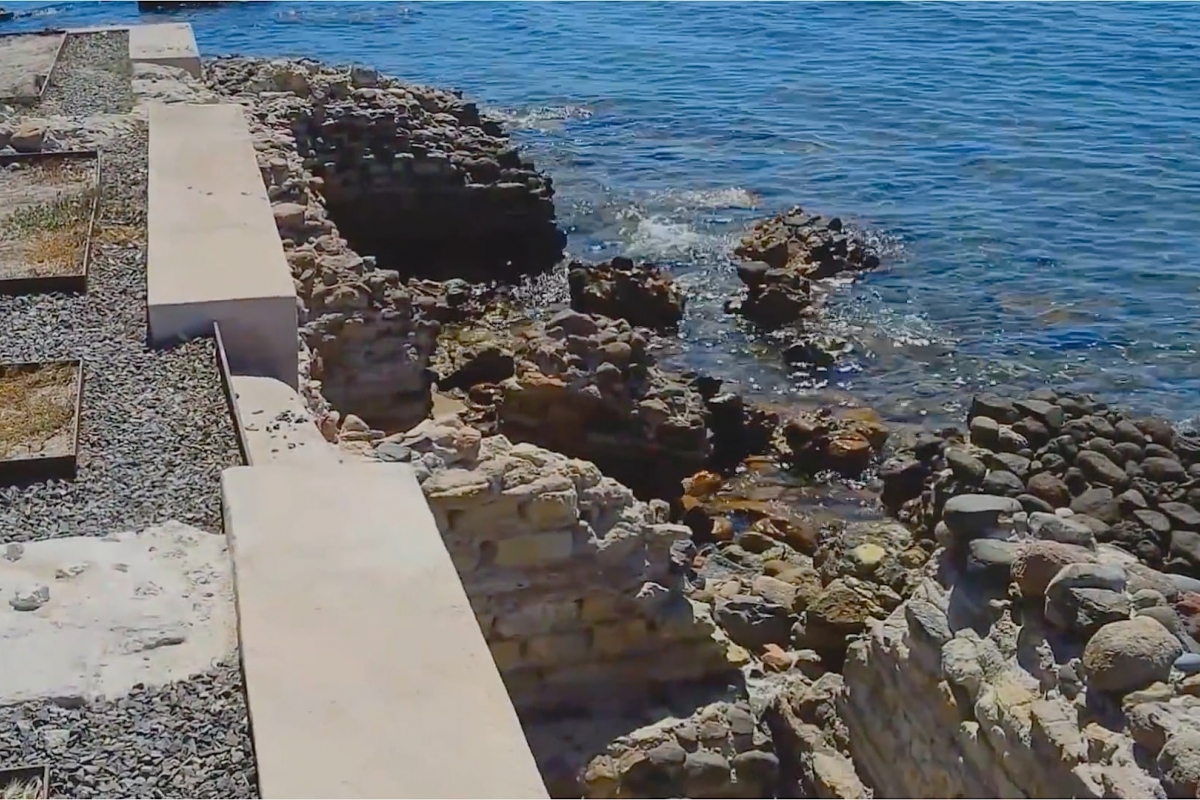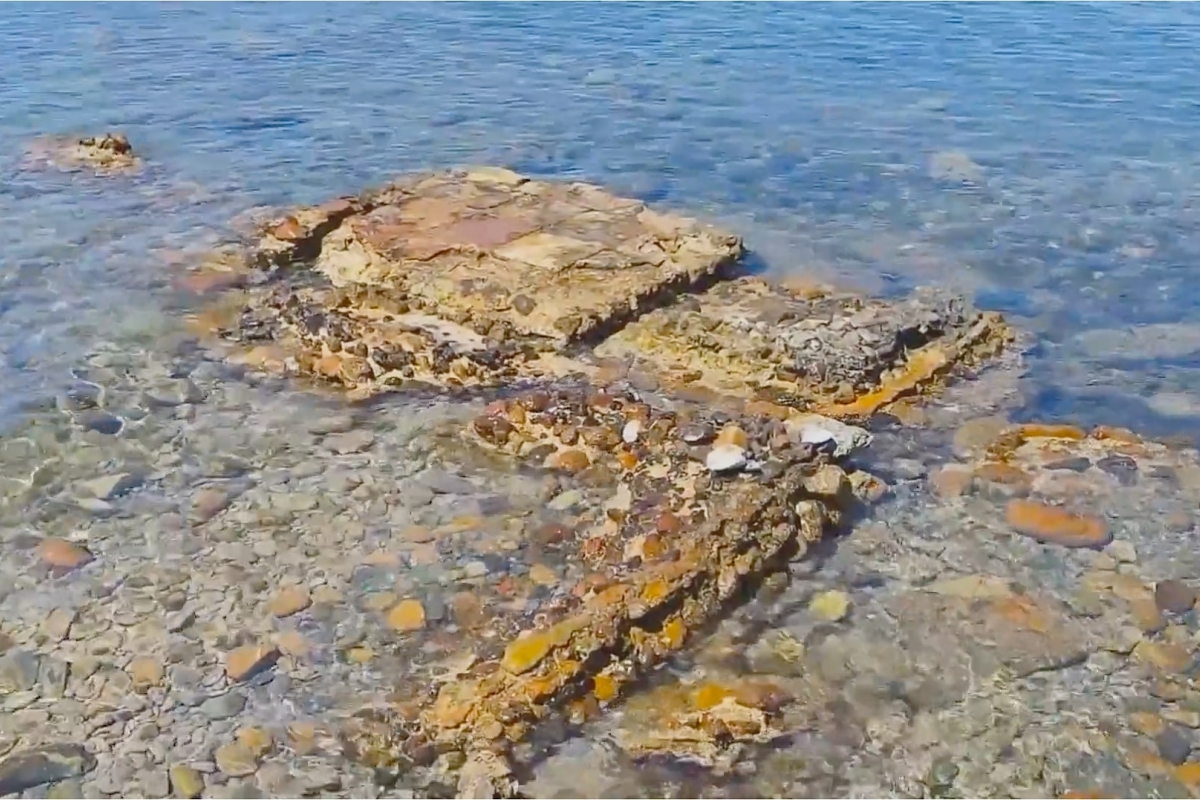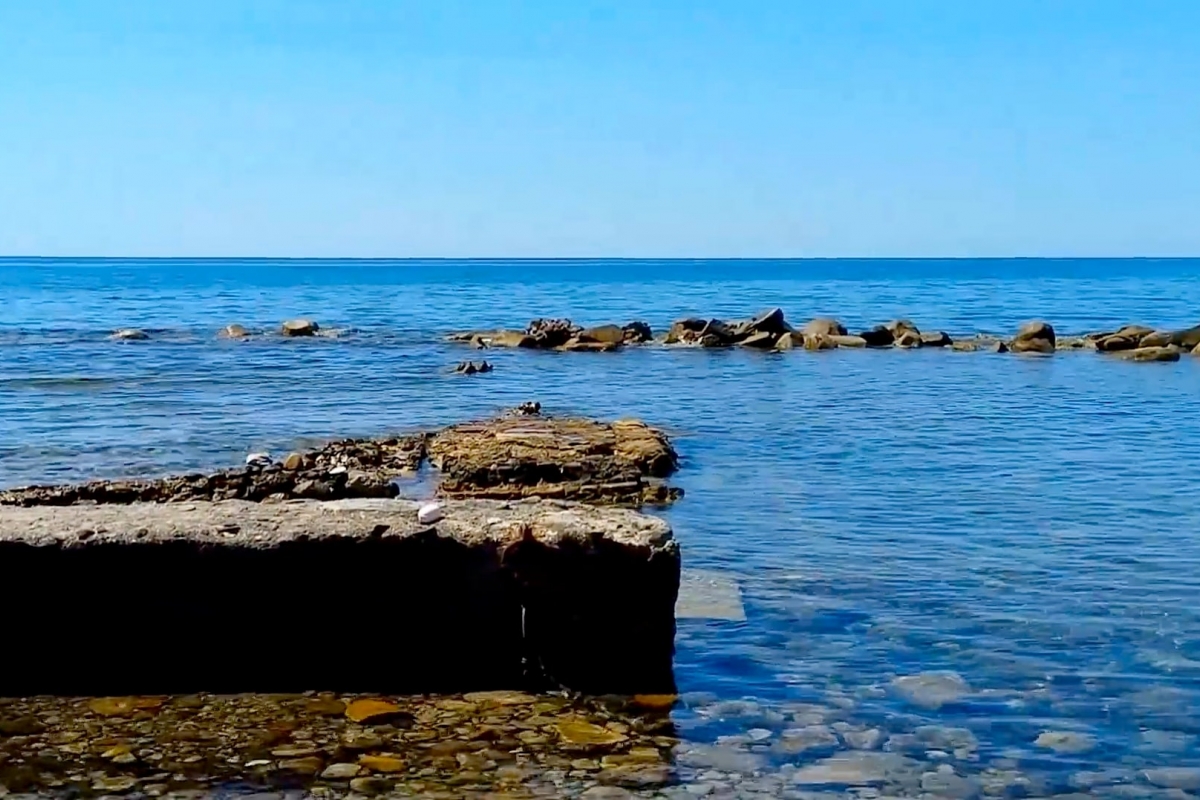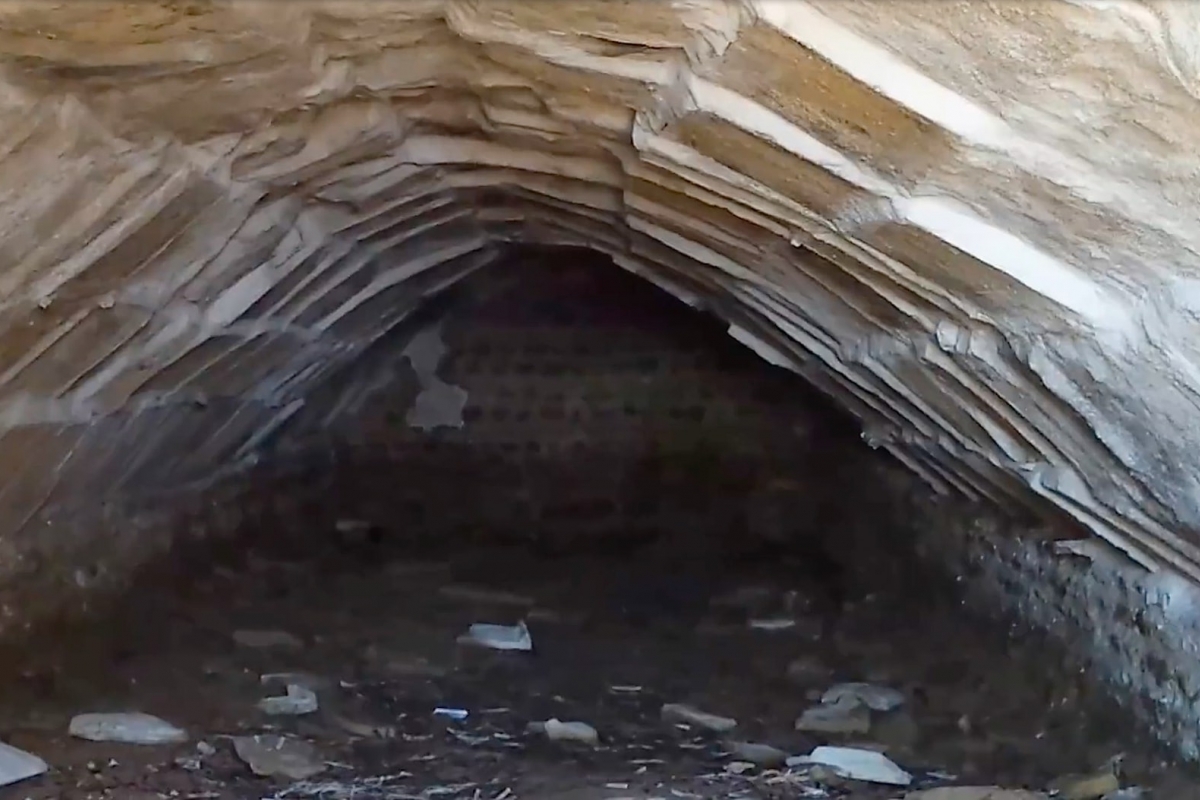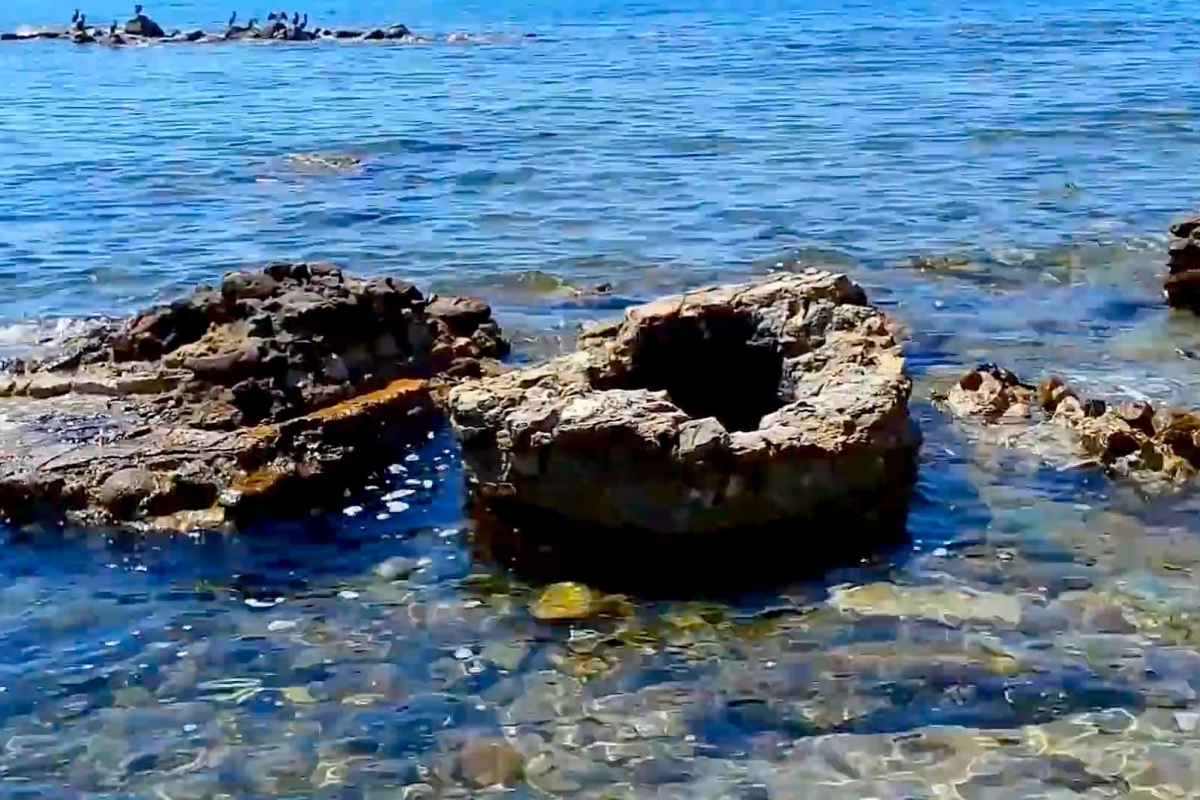Villa Romana
The Roman Villa of Sant'Andrea. Since the Republican age (II / I century BC), the wealthy Roman classes adopted the custom of creating sumptuous maritime villas in the maritime areas of greatest environmental value.
Sardinia does not enjoy particularly impressive testimonies of the noble life of the Roman age although this historical period has profoundly marked the island both from an urban, historical and cultural point of view. There are examples of rustic villas, real aggregating centers, functional to the management of the territory and cereal production.
The Roman villa of Sant'Andrea, from the imperial age, is a rare example of a maritime villa on the island, probably used as a summer residence and therefore for rest, even if the use of thermal baths and probably fish farming activities is not excluded.
A terrace was built on the villa in the '500 to support a coastal tower demolished in the' 60s.
The structures of the villa are partially compressed due to the advancement of the sea, partly submerged, partly arranged along the shoreline and it is not excluded that nuclei relating to the villa are preserved under the modern houses built close to the monument.
The structure is made of opus vittatum mixtum consisting of two courses of bricks alternating with two of tuffs. On the west side, remains of the wall and rooms of the villa are visible.
The building material used is made up of limestone tuffs and bricks bonded with lime and hard conglomerate with medium and small included. Among the findings, a column base and a fragment of a male statue in marble were recovered, depicting Hercules, the deity venerated as protector of the house.
This discovery could anticipate the dating of the first plant of the villa.
The villa contains various quadrangular rooms of small to medium size, some of which are still paved with brick slabs (terracotta), partly submerged or flush with the water and partly located on the beach.
To the east there are two wells of excellent workmanship, of circular shape, one of which is completely submerged. To the North West remains an environment with a barrel roof and which still retains the cladding of the vault in terracotta slabs. Above this last room, part of the floor of the room on the upper floor remains clearly legible.
The underwater investigation revealed other completely submerged environments, some of which still have well-preserved flooring. Among the materials reused in the structures, there are some mosaic tiles (black and white) and fragments of tegula hamata (fragmentary) frequently used in the baths. The two wells emerging from the sea are of excellent workmanship.
The villa was the subject of scientific investigation, directed by Donatella Salvi of the Archaeological Superintendence of Cagliari, and by the archaeologist Patrizia Zuncheddu, in the years 1999-2000.
The first intervention consisted in the demolition of the construction of a modern building that overlooked part of the ancient structures of the Roman villa. Scientific investigations were limited to give priority to more complex protection interventions that were functional to the conservation and safeguarding of the monument.








